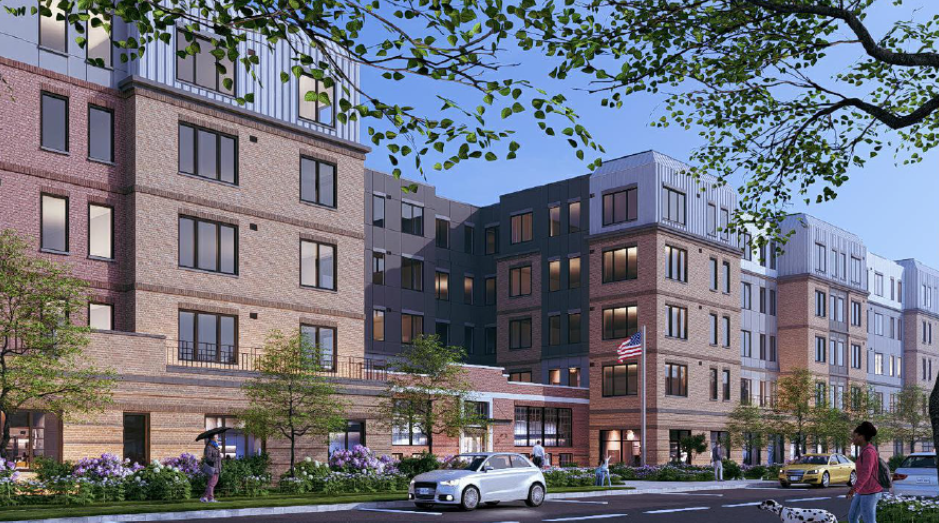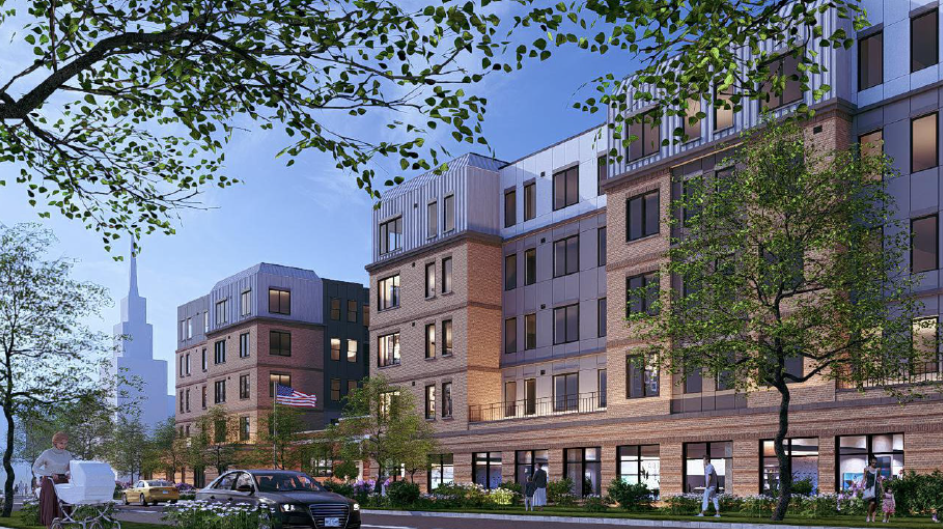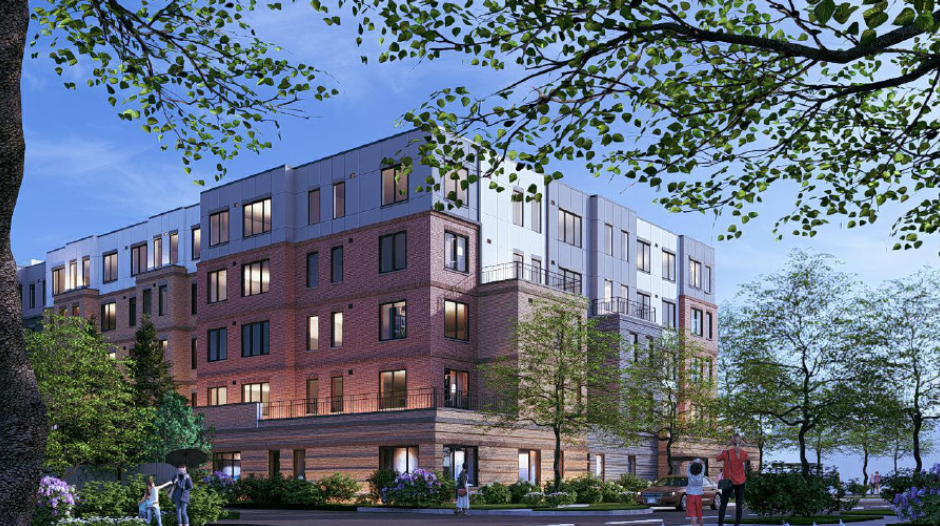Very few Virginia lawyers ever appear before three judge state courts. One of the very few circumstances in which that can occur is as a consequence of an annexation.
In order for a locality to acquire additional territory when doing so involves more than simply the movement of a boundary line, there is a long and detailed process. While it is possible to file what is known as a citizen-initiated annexation, ever since the General Assembly placed a moratorium on city annexations, most such adjustments occur between counties and their incorporated towns and most of these are the result of voluntary settlement agreements between the jurisdictions. These may deal broadly with land use, financial, and other “arrangements” that are set out in the relevant statutes.
Since the 1980s, the process has been organized and analyzed by a unique body called the Commission on Local Government, composed of 5 members appointed by the Governor and confirmed by the General Assembly. Before a locality or a citizen may petition a court for an annexation, or if there is a voluntary settlement agreement between two jurisdictions, the proposed annexation must be submitted to the Commission, whose staff will analyze the application as to its benefits to the Commonwealth and to the jurisdictions involved. This process, including a hearing in the localities involved, can take the better part of a year. If the Commission recommends that the agreement be implemented, it will so advise the parties in a final report, and they may then file a petition with the Chief Judge of the Circuit involved who then petitions the Chief Justice to appoint a three-judge Special Court drawn from a list of 15 circuit judges, none of whom can be from a jurisdiction involved in the annexation proceeding.
After its selection, the Special Court will conduct a court proceeding on whether to affirm the voluntary settlement agreement. Its jurisdiction is statutorily limited to affirming the agreement unless it for some reason finds it would not be in the interest of the localities (not done as a practical matter if the Commission has recommended otherwise), but it is essential to have its final order for the boundary line to shift, and for the voluntary settlement agreement to become effective.
The real work in annexation cases is that required to get to the Special Court in the first place. It is often a struggle to obtain agreement between the localities, particularly when there is a third party trying to bring land into a jurisdiction for development purposes, and all of the parties must deal with jurisdictional as well as development issues. Moreover, the filings required for the Commission are detailed and lengthy.
Shareholder John Foote has practiced in this field for many years, and may have appeared in cases involving complex land readjustments and their associated agreements more than any other practicing Virginia lawyer. In fact, just in April of this year he appeared before not one, but two Special Courts. In the first of these he obtained approval of a small, but crucial, annexation of roughly 3 ½ acres added to the Town of Washington, Virginia, for Black Kettle, LLC, under a Voluntary Settlement Agreement with Rappahannock County. Three weeks later, he obtained approval of the annexation of almost 245 acres into Warrenton, from Fauquier County, on behalf of Van Metre Communities. Both companies were superb to work with.
He credits the able assistance of Shareholders Mike Kalish, and Nick Cumings, Associate Starr Nyan, and Senior planner Marian Harders.











